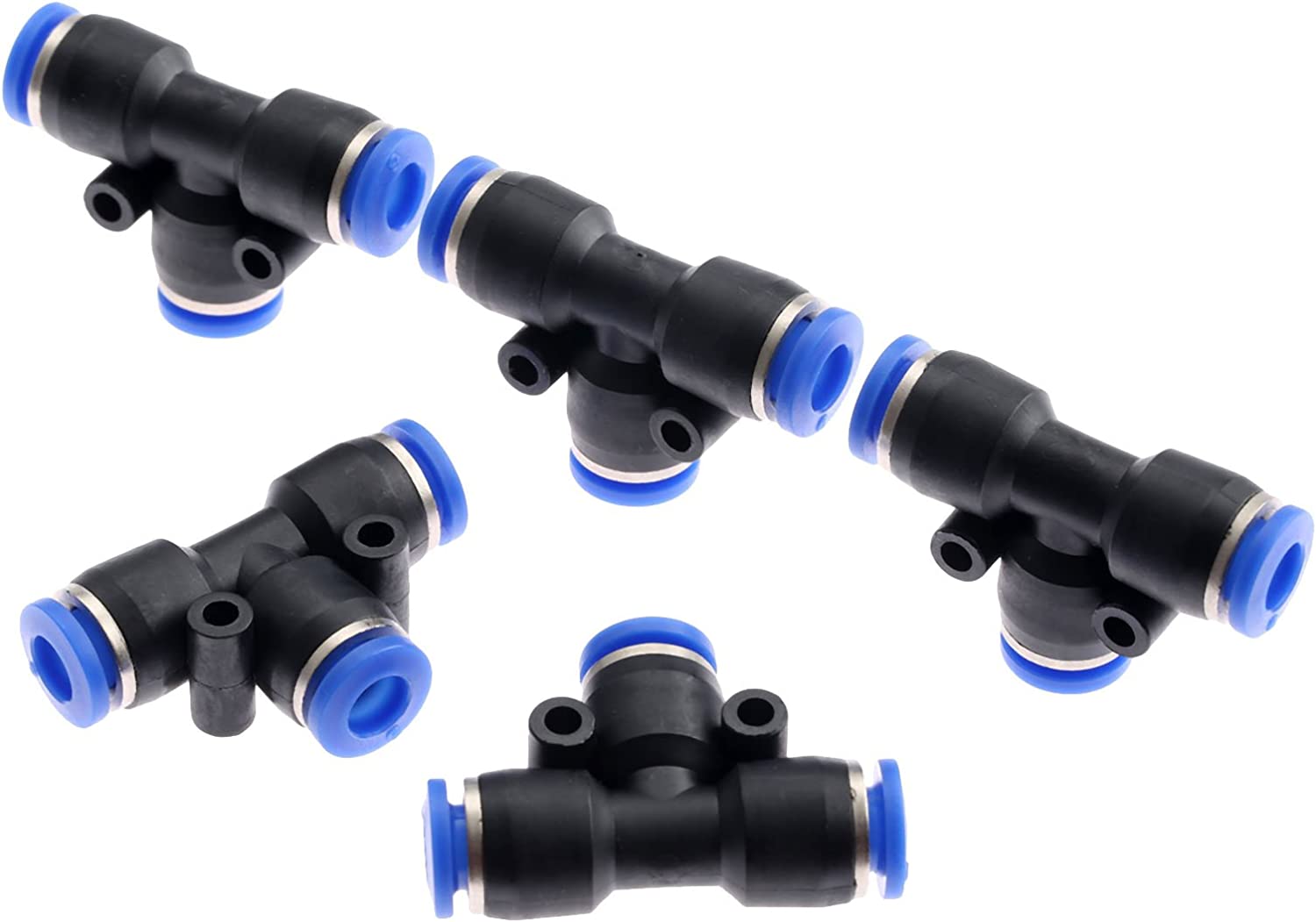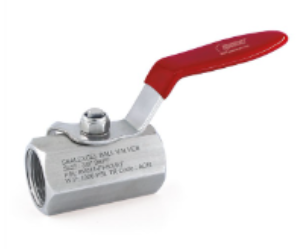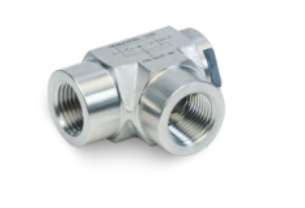
Exploring Pneumatic Pipe Fittings: An Interactive Guide To Their Uses And Benefits
March 10, 2023
How to Select the Right Pneumatic Air Pipe Fittings
April 5, 2023Pneumatic pipe fittings are used to connect pneumatic equipment and regulate the flow of compressed air. They are essential parts of many industrial systems. However, installing these fittings may be complicated and needs attention to detail to prevent frequent errors that can cause leaks, system failures, and even accidents. In this post, we will talk about some of the most frequent mistakes people make while installing pneumatic pipe fittings and how to prevent them.
Using the Wrong Type of Fitting
One of the most frequent errors when installing pneumatic pipe fittings is using the incorrect fitting. There are numerous fittings, each for a particular job, such as joining pipes of different diameters, altering the flow direction, or managing the flow rate. To ensure the system works well and does not leak, choosing the suitable fitting depends on the application’s needs and the system’s specifications.
Incorrectly Measuring Pipe and Tubing
Another mistake that is commonly made is that the pipe and tubing utilized with the fittings need to be measured appropriately. To make sure the pipe and tubing fit and seal well, it is essential to measure them correctly. This means measuring the pipe or tube’s exterior diameter, interior diameter, and wall thickness. When measurements are proper, fittings might be tight enough, which can lead to leaks or system failures.
Over-tightening or Under-tightening Fittings
It is essential to tighten pneumatic pipefittings correctly, to stop leaks and ensure they work well. If you tighten a fitting too much, you might damage the threads and cause leaks or need to replace the whole fitting. If you do not tighten the fitting enough, it might become loose over time, potentially creating leaks. Following the manufacturer’s suggested torque levels and utilizing suitable instruments, such as a torque wrench, is vital for correct tightening.
Using Damaged or Worn Fittings
Another typical error that may cause leaks or system failures is using pneumatic pipefittings that are broken or worn. It is essential to check the fittings before putting them in and replace any worn, broken, or corroded. This means looking for cracks, dents, scrapes, and other evidence of physical deterioration.
Not Properly Sealing the Fittings
Sealing pneumatic pipe fittings correctly is vital to stop leaks and ensure they work well. It is crucial to use a suitable sealing substance, such as Teflon tape or thread sealant, and to apply it correctly. Too much or too little sealing material might cause leaks or make it hard to get the fittings tight enough.
The performance and safety of industrial systems depend on how well pneumatic pipe fittings are installed. By avoiding frequent mistakes, such as using the wrong fitting, mismeasuring pipe and tubing, over- or under-tightening fittings, using damaged fittings, or not properly sealing the fittings, you can make sure the fittings fit and seal correctly and prevent leaks or system failures. To avoid these typical mistakes, always follow the manufacturer’s instructions, use the right equipment, and check the fittings before putting them in.




